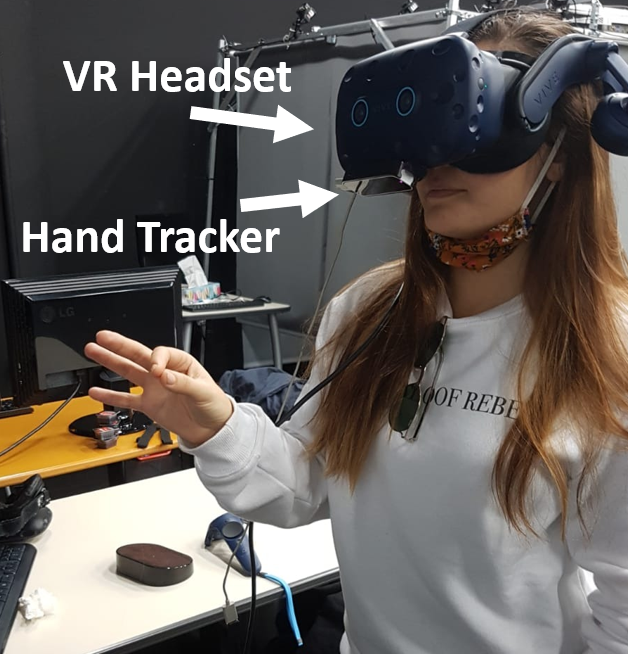
Pinch, Click, or Dwell: Comparing Different Selection Techniques for Eye-Gaze-Based Pointing in Virtual Reality Inproceedings
Aunnoy K. Mutasim, Anil Ufuk Batmaz, Wolfgang Stuerzlinger
Abstract:
While a pinch action is gaining popularity for selection/activation of virtual objects in eye-gaze-based systems, it is still unknown how well it performs compared to other popular alternatives, e.g., a button click or a dwell action. To determine pinch's performance in terms of execution time, error rate, and throughput, we implemented a Fitts' law task in Virtual Reality (VR) where the subjects pointed with their eye-gaze and selected/activated the targets by either pinch, clicking a button, or dwell. Results revealed that although pinch was slower, resulted in more errors, and had less throughput compared to button clicks, none of these differences between the two conditions were significant. Dwell exhibited the least errors but was significantly slower and achieved less throughput compared to the other conditions. Based on these findings, we conclude that the pinch gesture is a reasonable alternative to button clicks for eye-gaze-based VR systems.
